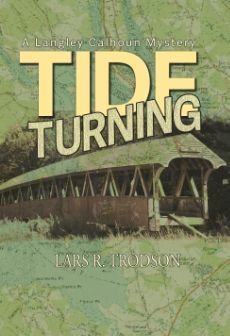Elevation from Roundtable Pictures on Vimeo.
Update: Marion Cotillard has been nominated for a Best Actress Oscar for her role in the Dardennes' "Deux jours, une nuit."
The new film by the Dardenne brothers, “Deux jours, une nuit,” (“Two days, one night”) is causing quite a stir, mostly due to the rapturous reviews that Marion Cotillard is receiving for her portrayal of a working class woman who loses her job and tries to win it back. Cotillard is Sandra, who learns that her coworkers have been able to cover her shifts during a lengthy illness (she has a breakdown) and have been promised a bonus of 1,000 euros if they agree to lay her off. The two days and one night of the title describe the timespan that Sandra has to get her colleagues to change their minds. She needs her job, but they also could use the extra money.
The new film by the Dardenne brothers, “Deux jours, une nuit,” (“Two days, one night”) is causing quite a stir, mostly due to the rapturous reviews that Marion Cotillard is receiving for her portrayal of a working class woman who loses her job and tries to win it back. Cotillard is Sandra, who learns that her coworkers have been able to cover her shifts during a lengthy illness (she has a breakdown) and have been promised a bonus of 1,000 euros if they agree to lay her off. The two days and one night of the title describe the timespan that Sandra has to get her colleagues to change their minds. She needs her job, but they also could use the extra money.



















